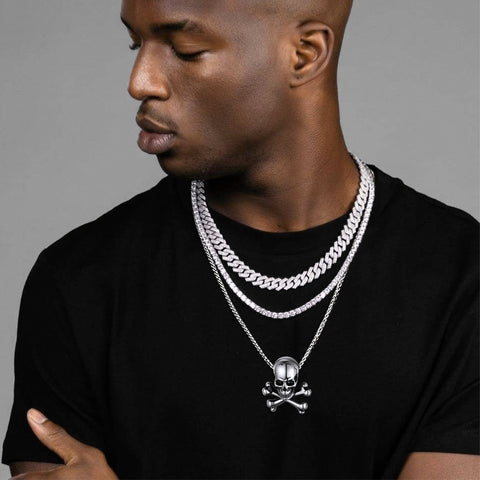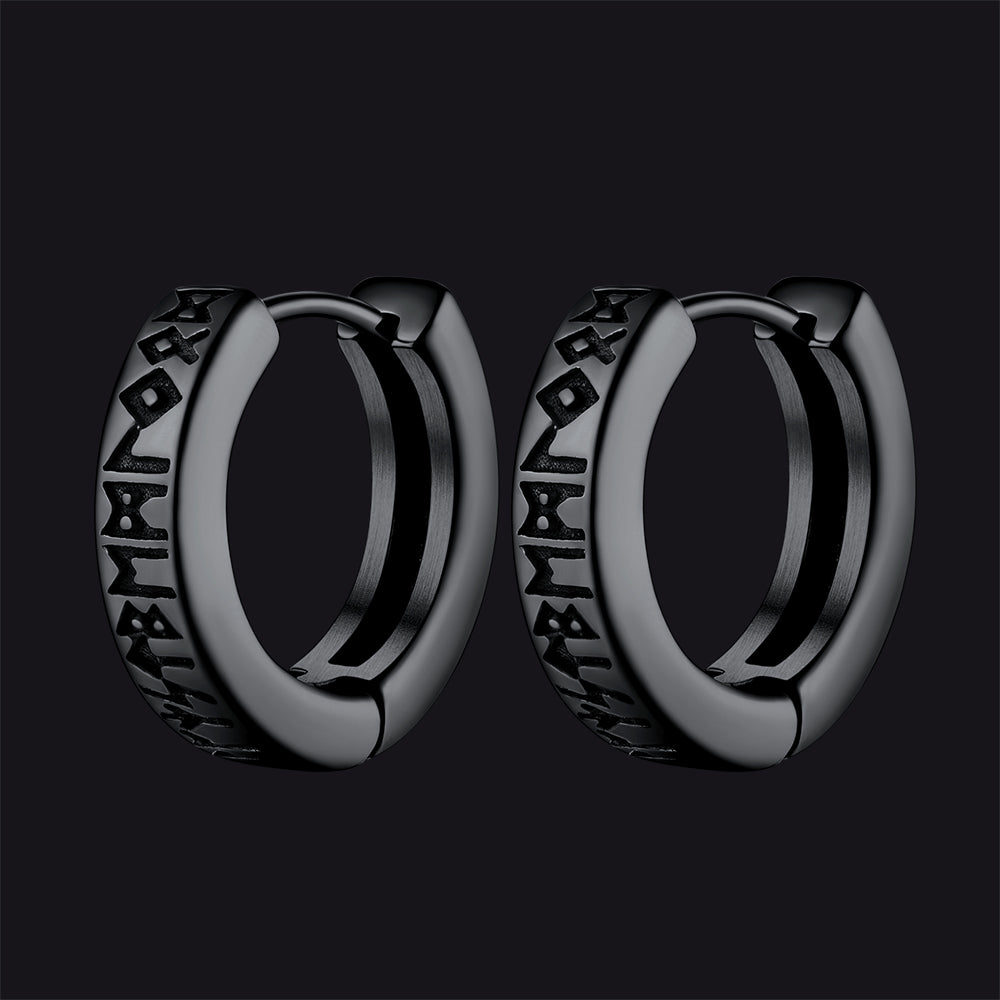The Macabre Elegance: Exploring the History and Symbolism of Skull Jewelry
In the world of adornments, few motifs strike a balance between the macabre and the elegant as effectively as the skull. Skull jewelry, with its rich history and profound symbolism, has transcended its morbid connotations to become a popular and enduring fashion statement. Let's unravel the captivating tale of skull jewelry, exploring its historical roots, the varied types of skulls and their representations, and the factors to consider when choosing these intriguing pieces.

Skull Types and Their Representations
Skull jewelry comes in various types, and each type carries its own symbolism. Here are some common skull types and their representations:
Human Skulls: Human skulls are powerful symbols of mortality and the impermanence of life. They serve as reminders to live in the present moment, embracing life to its fullest. In jewelry, human skulls often represent introspection and a fearless approach to life.
Animal Skulls: Animal skulls symbolize strength, instincts, and the natural cycle of life and death in the animal kingdom. The choice of a specific animal skull may carry additional meanings. For example, a bull skull can represent resilience and determination, while a wolf skull may symbolize freedom and loyalty.
Sugar Skulls: Sugar skulls are associated with the vibrant traditions of Dia de los Muertos (Day of the Dead) celebrations. They symbolize the joyous remembrance of departed souls and the celebration of life. Sugar skulls often feature colorful and intricate designs, representing the lively spirits of the deceased.

Skull and Crossbones: The skull and crossbones, often associated with piracy, represent danger, rebellion, and a fearless spirit. In jewelry, this symbol is embraced by those who identify with a free-spirited and adventurous lifestyle. It can also signify resilience in the face of challenges.

Skull Crossbones Necklace
Celtic Skulls: In Celtic mythology, skulls are often depicted with elaborate knotwork, symbolizing the interconnectedness of life, death, and rebirth. Celtic skulls embody the cyclical nature of existence and the belief in the continuity of the soul beyond physical death.
Factors to Consider When Choosing Skull Jewelry
Materials: Skull jewelry comes in a variety of materials, from traditional metals like silver and gold to unconventional choices like bone, wood, or even resin. Consider the aesthetic and durability of the material.
Style: The style of skull jewelry can range from delicate and ornate to bold and edgy. Choose a style that resonates with your personality and complements your wardrobe.
Occasion: Consider where and when you plan to wear the jewelry. A subtle skull pendant might be suitable for everyday wear, while a more elaborate piece could be reserved for special occasions.
Symbolic Meaning: Understand the specific symbolism associated with the type of skull you choose. Whether it's a celebration of life, a reminder of mortality, or a nod to rebellion, the symbolism adds depth to the piece.
Artistry: Appreciate the craftsmanship and artistry involved in creating the jewelry. Intricate details, gemstone embellishments, and creative designs contribute to the overall appeal of the piece.
Conclusion
Skull jewelry, with its storied history and multifaceted symbolism, has carved a unique niche in the world of fashion. From ancient memento mori pieces to contemporary expressions of individuality, the skull continues to captivate and intrigue. As you explore the diverse landscape of skull jewelry, remember that each piece tells a story—one that embraces the beauty within the macabre and invites wearers to contemplate the profound cycles of life and death.



